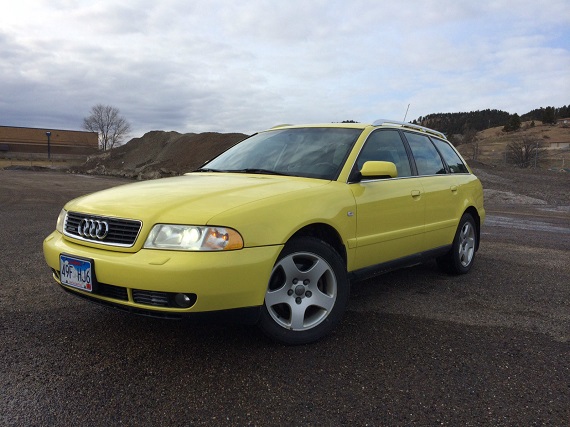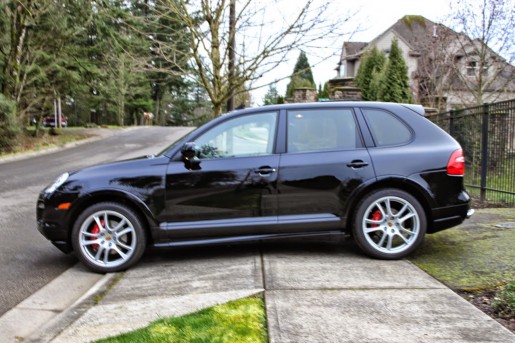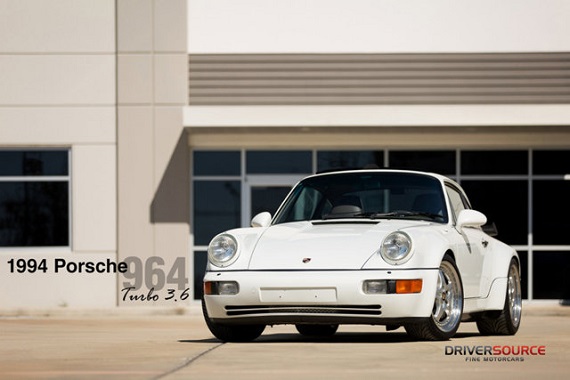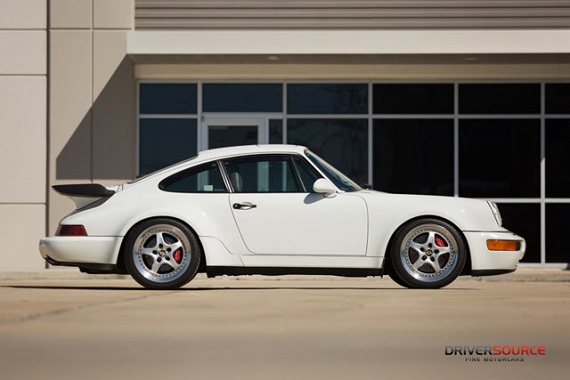If yesterday’s mellow yellow 323Ci wasn’t the sunshine you’d like to see, how about something a bit more brilliant in design and presentation? I have to say the fascination with BMW wagons and their ensuing high prices sometimes perplexes me, as Audi offered a sporty, manual, all-wheel drive Avant that is great looking, reliable and long-lived and will make you feel pretty special. That’s especially so when it’s optioned in one of the more rare shades available on the B5; in this case, LY1B Brilliant Yellow. I’m sure there will be claims that, like Pelican Blue and Tropical Green, these Easter colors make the jelly bean shaped A4 a bit too festive, but personally I love the look of this Avant:
Month: February 2016
I like to think of this website as a preservation center for those who still enjoy changing their own gears. While the manual gearbox is disappearing from manufacturer spec sheets faster than a pack of smokes at an AA meeting, there are still a few cars out there you can have with a third pedal. Porsche is a good place to look, although the PDK Transmission is becoming the favored transmission of choice. However, there were some Cayennes you could spec with manual gearbox, such as this 2009 Cayenne GTS for sale from our friends at Euro Automotion. This black beast is rare and presents in like-new condition with just under 10,000 miles on the clock.
CLICK FOR DETAILS: 2009 Porsche Cayenne GTS at Euro Automotion
6 Comments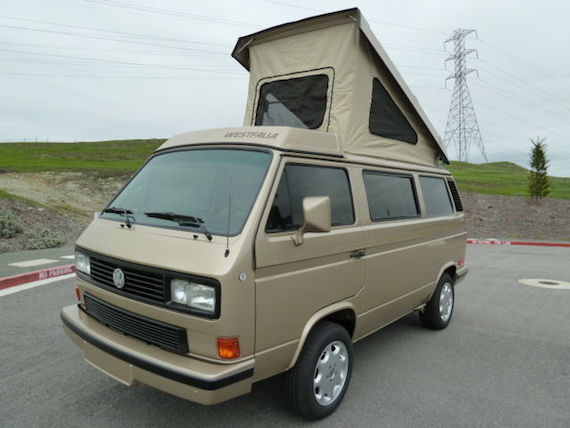
We often speak of the value of Vanagons here, which has stretched upward to dizzying heights in some cases. It’s worth taking a deeper look at how conservative campers from the People’s Auto inspires such devotion. Today’s seller has touched every piece of this car and tried to do the best possible thing to make it immaculate and/or updated. Leading in with
I will try not to bore you with all the details of my restoration but here goes:
he proceeds to passionately explain rebuilding the engine, then removing it recently and painstakingly clean everything… just because. And this guy isn’t alone. The parts are available through amazing companies like GoWesty to have tinkering on your van for years, meeting all kinds of other people who also like driving a mobile personal campsite. His Buy It Now is big money, creeping towards some decent Syncros, but the fact that he can’t not share his excitement about making the perfect van is convincing. It’s cleaner than clean.
Click for details: 1986 Volkswagen Vanagon Westfalia on eBay
Comments closedThe world of Auto Union is full of paradox. That the company even came into existence is itself somewhat of a fluke, but a harsh economic situation in Germany in the 1930s led four mostly failing companies to band together in the hope that united, they might survive. Out of that union was born the image of the four rings that today are worn proudly by the last remnant, and the least successful, of the original four – Audi. If that isn’t strange, the history of how we got to that point certainly is. Only one of the companies was truly successful when they banded together, and they produced primarily motorcycles, not cars. Yet only one year after being founded, the fledgling company put its technical prowess up against the might of the most storied car company in the world – indeed, the inventors of the automobile – Daimler-Benz. And by “its” technical prowess, I mean the technical prowess of one Ferdinand Porsche, himself an outcast of sorts from several car companies. His design was both unorthodox and unusual, with a single-cam supercharged 16 cylinder engine mounted in the middle of the car. Mind you, this was a full 25 years before Cooper would make the “revolutionary” change that would be the accepted practice of all modern Formula One cars. With entirely new suspension designs and strange handling behaviors – never mind enough torque to jump start an industrial production line and tires that would consequently disintegrate immediately or fuel that was really just a high explosive in liquid form – the Auto Union Grand Prix cars shared nothing in common with the road-going models marketed by the company, who at the start of the 1930s didn’t even produce what could loosely be identified as a sports car.
Yet, it worked.
Auto Union may numerically have not won as many races as Mercedes-Benz did over the same period, but they established themselves on the same level – no small feat, considering the company. They won races, championships and set records and were primed with new luxury, smart economy and even sports vehicles to capitalize on their great success at the race track and in the record books. And then, World War II broke out, and as fate would have it Auto Union’s primary headquarters were in Saxony. For those of you who aren’t particularly fond of maps, Saxony happens to be exactly where the Russians ended up advancing into in 1945. Mired in what would become East Germany, there didn’t appear to be much hope for Auto Union and it seemed they were relegated to the history books. But in 1949 the company was relaunched, now based in Ingolstadt – not far from its old rivals. The brand that had previously been the bread and butter of Auto Union’s sales – DKW – would carry the four rings and continue to make economy cars, but little else remained from the former glory of Auto Union. Indeed, even DKW itself was full of contradictions; the name derived from “Steam Powered Car” in German (Dampf-Kraft Wagen), yet the company hadn’t produced a steam car since the late teens. Their current lineup continued the strange trend with oxymoronic names like “3=6”. Math not being their strong suit, DKW alternatively called the car F900, F91, and finally “Sonderklasse”, though there was no longer a non-Sonder model. The underpinnings would make Swedes smile, with a two-stroke inline-3 powering the front wheels. And from these modest bones the only officially badged “Auto Union” was created – the 1000SP. With a bit more power and styling borrowed from an American classic, it was a special car:
CLICK FOR DETAILS: 1961 Auto Union 1000SP Coupe on eBay
2 CommentsI believe I have mentioned before a White 964 Carrera 4 that roams around my neighborhood. I see it from time to time on the occasional weekend excursion or, even more commonly, parked on the street. It never fails to attract my gaze and it’s recognizable even at night with those headlights directed right at you as it approaches. The most mysterious aspect for me is that I am so taken by a white car. I’m not a huge fan of white cars and most of them I find very boring. That said, I have always found that it is a color that works on particular models very well. The 964 appears to be one of those models. I can’t say why that is, but for me at least it is the case. This brings us to the car we see here, a Grand Prix White 1994 Porsche 911 Turbo 3.6, located in Houston, with a Classic Grey leather interior and 58,203 miles on it. While Grand Prix White itself doesn’t strike me as a particularly rare color it has been pretty rare to come across a Turbo 3.6 in Grand Prix White. Like the Carrera 4 with which I have such a passing familiarity, the color works quite well here and coming in the guise of the fantastic Turbo 3.6 simply makes it that much better.

